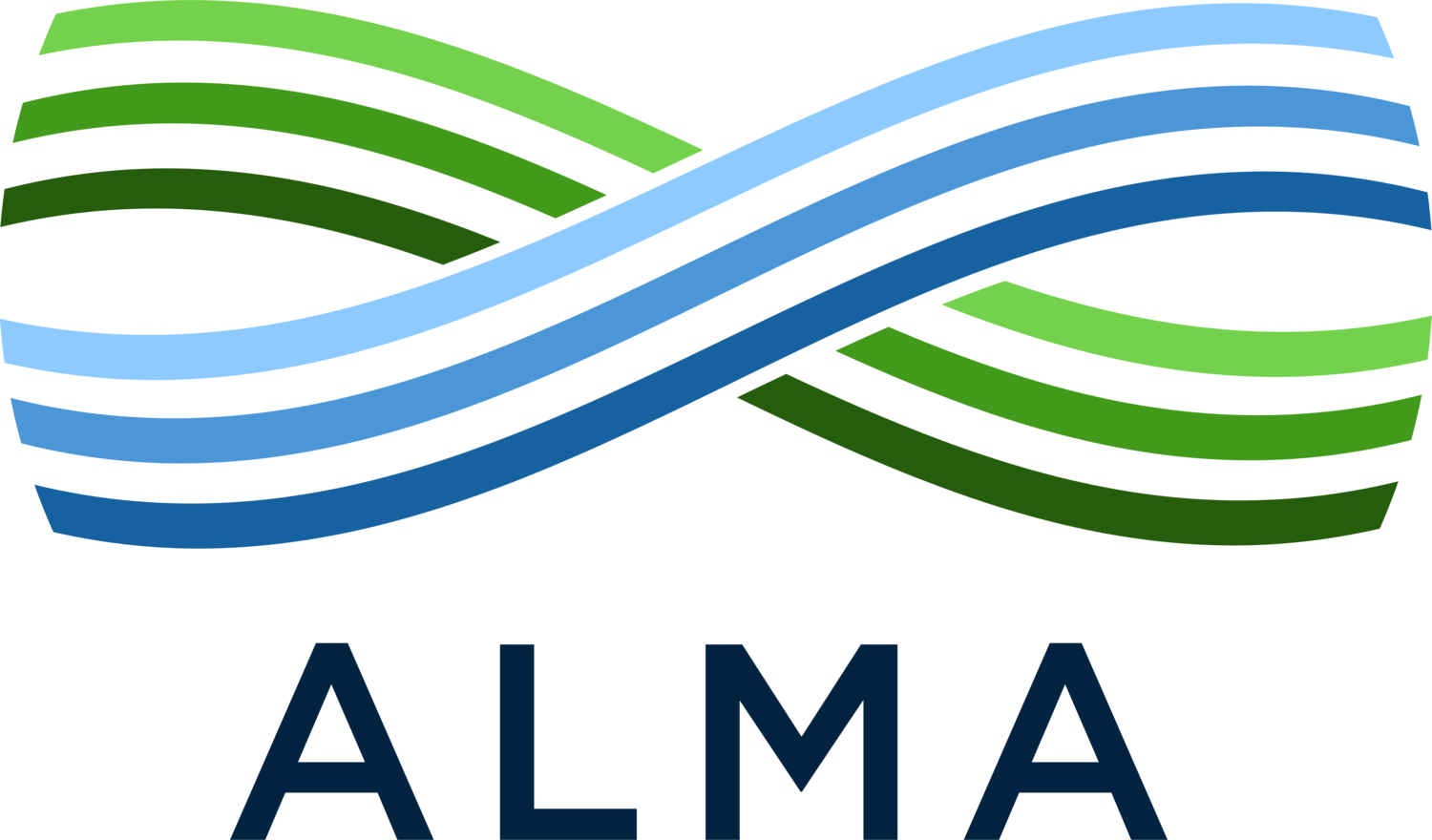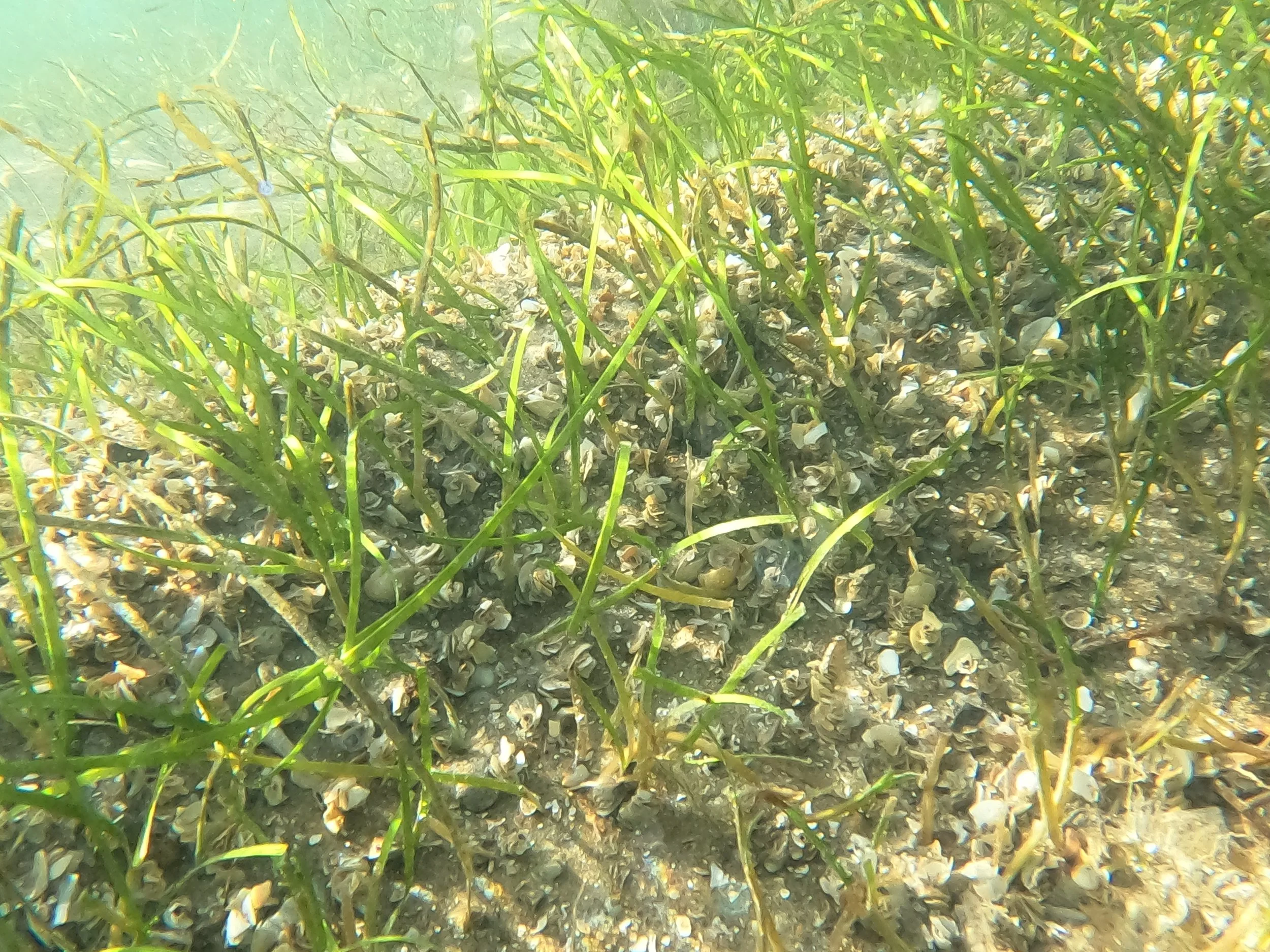What is seagrass and why is it important?
If rainforests are considered the lungs of the earth, seagrasses are sometimes thought to be the lungs of the sea. But what is seagrass and why should we protect it?
What is seagrass?
Often mistaken for seaweed, it is the seagrasses’ ability to flower which sets them apart. In fact, seagrasses are the only flowering plants that can live entirely immersed in seawater. Seagrasses can grow in waters up to 90m deep and the tallest seagrass species, Zostra Caulescens, was found growing up to 7m! There are approximately 72 species of seagrass found over 159 countries, growing in all types of waters: tropical, temperate and even Arctic.
Evolving 100,000 million years ago and so named because of their long, green, grass like leaves; seagrasses anchor into the seabed through their roots and thicker stems known as rhizomes. These strong anchors help keep the plants stable, despite the powerful currents the seagrasses experience on a daily basis.
When covering a large area, seagrass meadows form and offer a vital habitat for marine life. It is estimated that seagrass covers 300,000km2 globally however, recent reports suggest this figure is very conservative. Sadly, there has been a decline in this marine plant since the 1930’s with shocking estimates of a 7% worldwide loss of seagrass annually – this is the equivalent of losing a football field of seagrass every 30 minutes.
Why are seagrasses important?
Carbon Sequestration and water quality
Seagrasses are 35 times more efficient at absorbing carbon than rainforests. Just 0.1% of seafloor is covered by seagrass yet 11% of organic carbon buried in the ocean is within this impressive plant. If all seagrass is lost, the stored carbon could be released and the emissions this could release is roughly the yearly equivalent of the entire global shipping industry.
Seagrasses can also improve water quality by filtering and storing pollutants which can reduce the incidence of pathogenic marine bacteria, impacting coral health as well as protecting humans.
Fish nurseries and biodiversity
Seagrass meadows provide valuable nursery habitat to over a fifth of the world’s 25 largest fisheries, as well as providing food and shelter for thousands of species. Species such as fish, shellfish, dugong, seahorses and sea turtles all rely on the seagrass habitat on some way. In fact, over 30 times more animals live within seagrass than neighbouring sandy habitats.
Prevent seabed erosion
Seabed erosion is prevented due to the strong network of rhizomes that weave together and form below the seabed which provide stability to the sediment the seagrass and the seagrass meadows grow in. This prevents the bed getting washed away in powerful currents, floods and storm surges.
Ba Nyamo Tanko, meaning ‘conserving seagrasses’ in Mandinka, is the first community-led seagrass conservation and restoration project in The Gambia and the West African region.
If you would like to learn more about the Ba Nyamo Tanko project have a look at our Ba Nyamo Tanko project page and keep up to date by following us on Twitter and LinkedIn.


